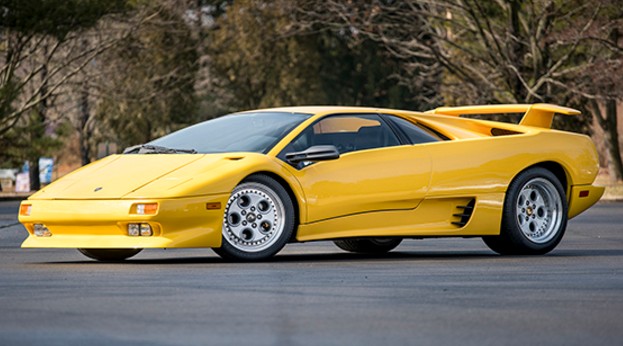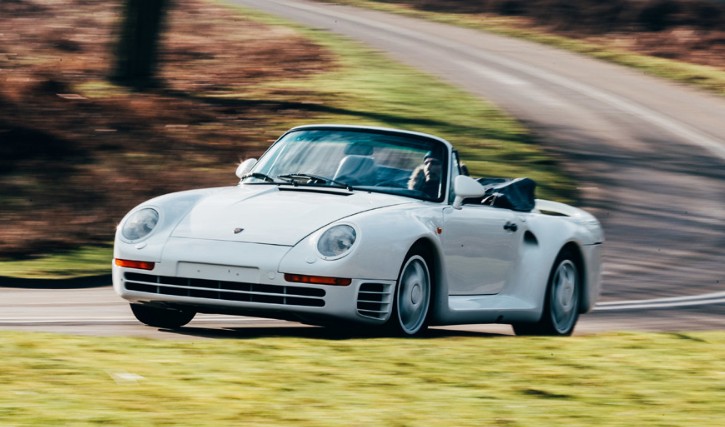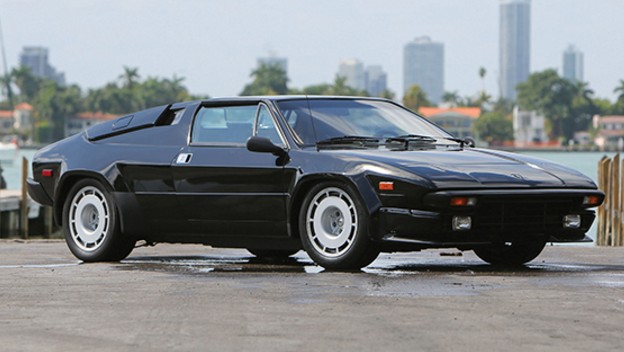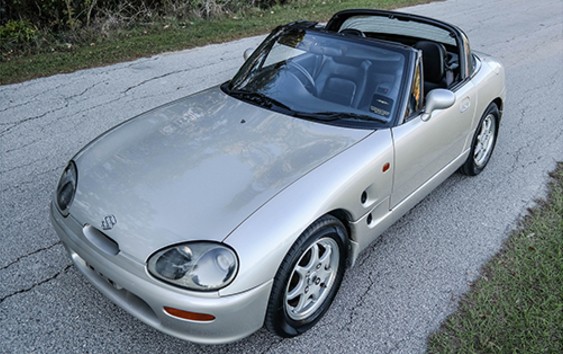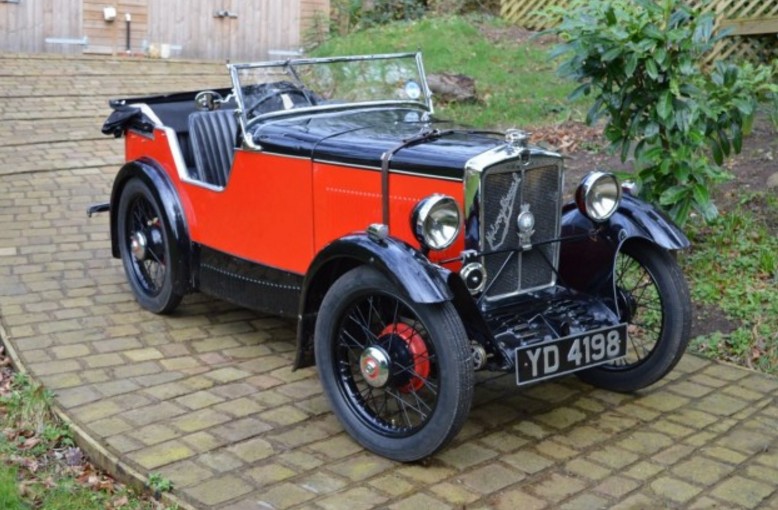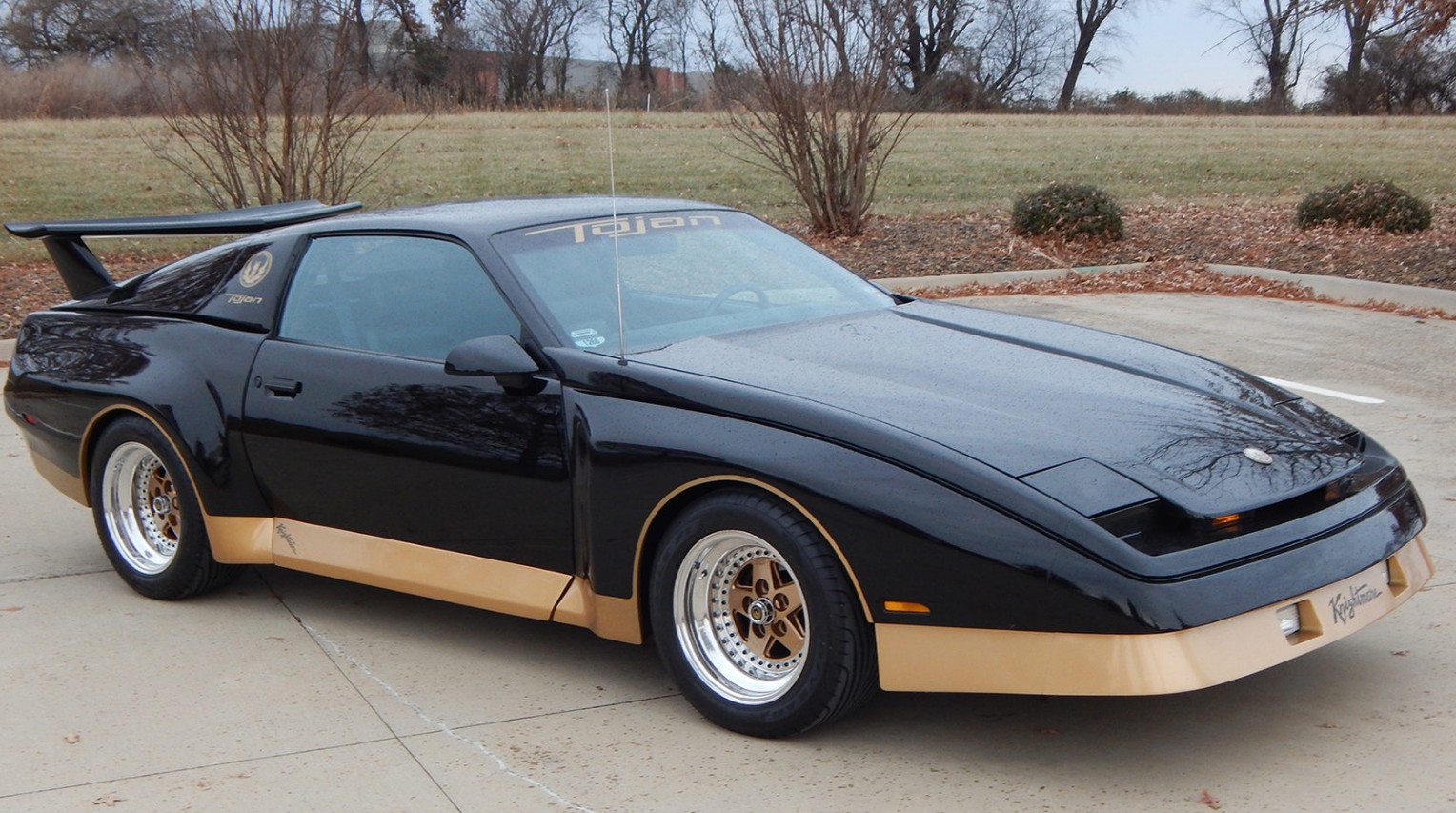We’re back with more from Amelia Island, beginning with Gooding & Company where they sold a previously-featured Porsche 911 GT1 road car for $5,665,000 – a nice bump over the price the owner paid for it five years ago. The big-money Jaguar XKSS failed to sell, as did the Pegaso. Our Most Interesting award goes to David Brown’s personal 1949 Aston Martin DB Mk II which sold for $1,540,000.
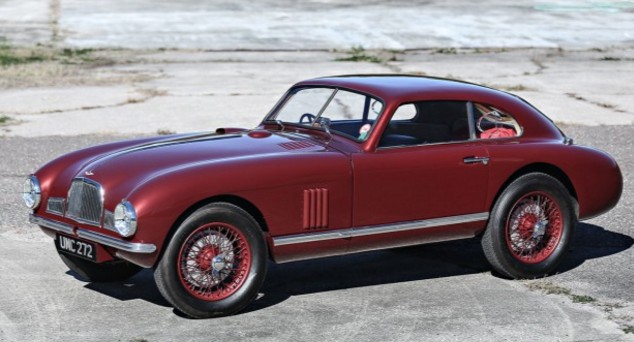
Photo – Gooding & Company
Mazda’s 767B sold for $1,750,000 and the Cisitialia we featured brought $550,000. The rest of Gooding & Company’s Amelia Island results can be found here.
We didn’t get to feature anything from Motostalgia’s Amelia Island sale, but I wish we would’ve featured the top seller, this 1950 Abarth (Cisitalia) 204A Spyder that sold for $1,001,000. Click here for complete results.

Photo – Motostalgia
And now, the final results from Amelia Island: RM Sotheby’s. The Ferrari 166 would’ve been the top seller, but it failed to meet its reserve. So top sale honors went to another of our feature cars, the Bugatti 57S by Vanvooren for $7,700,000. Other million dollar sales included the Lancia Tipo Bocca for $2,145,000, the Supercharged Stutz for $1,705,000, and a previously featured Lancia PF200 Spider that brought $1,248,500.
There were other cars that sold here that we had featured in the past. This beautiful coachbuilt Graham-Paige sold for $770,000 – earning its consignor over a half a million in profit in one year’s time. At the other end of the spectrum, this Atlas Babycar went for just $30,250 – roughly half of what it sold for four years ago.
We’ll give “Most Interesting” to this 1959 Devin D that we neglected to feature. It sold for $88,000.

Photo – RM Sotheby’s
Other feature cars were the Zimmerli Roadster that went for $71,500 and the Meyers Manx that sold for $68,750. To see complete results, including the sale of the Orin Smith Collection, click here.
Now how about a couple of auctions in France? Aguttes held a sale in Lyon and this 1972 Dino 246 GT was the top sale at $335,171.
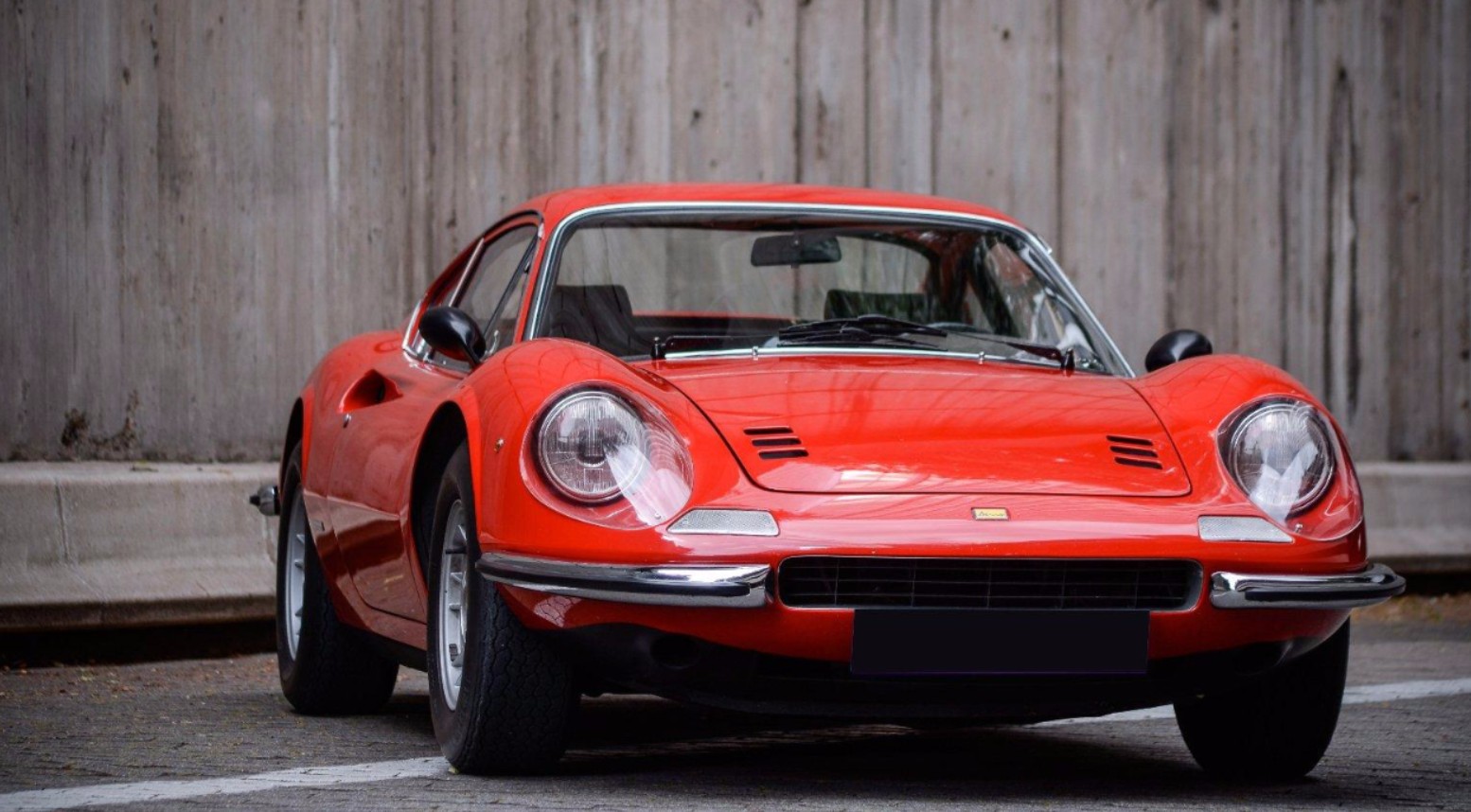
Photo – Aguttes
The Honda we featured brought $36,210. Complete results can be found here.
Finally, Osenat auctioned off the Perinet-Marquet Citroen collection. While we didn’t feature anything, this 1969 Citroen DS21 Cabriolet Usine was the top sale at $129,720. Click here for the rest of the results.

Photo – Osenat

